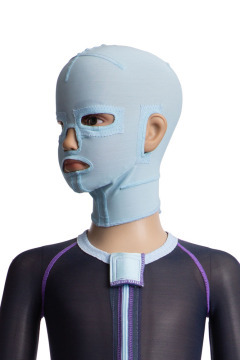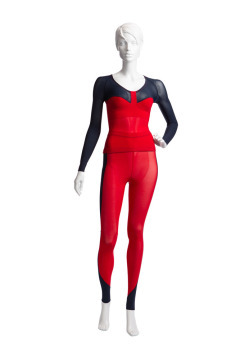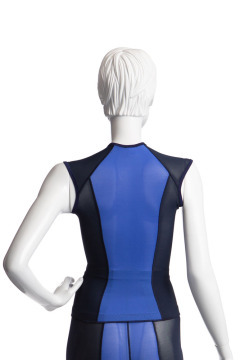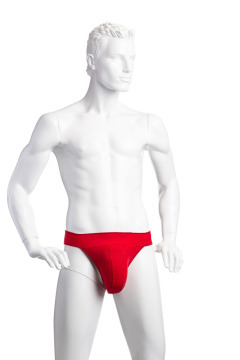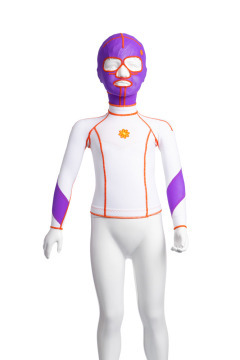Custom Compression Garments
Jobskin Compression garments are proven as an effective treatment for various conditions. Our custom compression garments maximise effectiveness as patient needs are individually accommodated.
Clinical Indications for Compression Garments
Burns & Scar Management
Compression Therapy is the most widely accepted conservative non-invasive intervention for the management of hypertrophic, abnormal and keloid scarring. The pressure garment must apply graduated compression at a level of 28-33mmHg (at the ankle) which evidence suggests is optimal for therapeutic effectiveness. Compliance is key for effectiveness so a custom-designed and made compression garment is able to accommodate patient preferences as well as meet the needs identified by the treating clinician.
Lymphoedema
This complex condition most commonly requires long-term wear of compression garments in order to maintain lymphatic volume reductions and to prevent volume increases over time. A powernet custom-made garment is clinically indicated when patients are not suitable for ready-to-wear yet the clinical indications for a flat-knit garment are not present. These garments can be custom-made in any design with a compression level of up to 70mmHg. Custom-made powernet garments are particularly useful for head, neck and torso oedema.
Postural correction and support
Compression Therapy is used for a range of clinical conditions to either correct posture (eg scar contracture, poor posture secondary to scarring) or to improve power and reduce pain through postural support (eg hypermobility, Ehlers-Danlos syndrome). The garment is constructed with additional panels to encourage and/or restrict some postures and to provide additional support.
Compression Garment Personalisation
Prescribing the compression garment that is ‘just right’ means selecting a garment design with any necessary options and modifications that a patient can live and work in.
It is essential that:
- The patient can get the garment on and off.
- The garment accommodates various skin states (eg newly healed fragile skin).
- The garment fits well and provides compression where it is needed.
- The patient is willing to wear it.





